Of the 10.5m farmers in the EU, 6m are over the age of 55. Agriculture is the sector where it is most common for people to continue working past retirement age. For every 100 farmers over the age of 55, there are just nine under the age of 35.
Efforts to attract younger farmers and support exiting older farmers are not unique to Ireland. Tax incentives, partnership programmes, retirement schemes and supports for young farmers have all been trialled in different countries. Compared to the rest of the EU, Ireland falls in the middle of the pack. Latest statistics show 74,550 famers (54%) are over the age of 55 here, compared to the EU average of 58%. On a measure of young farmers, there are 8,260 (6%) under the age of 35, slightly above the EU average of 5%. Supporting generation renewal is one of the nine key objectives of the next CAP. To address this, the European Commission has focused on providing supports to young farmers. Over the lifetime of the most recent CAP, almost €6.5bn has been spent on young farmer top-ups and installation aid.
The Commission says future policies need to better integrate EU and national policies, particularly those concerning retirement, taxation and institutional arrangements that enable or hinder passing farms on to younger generations. However, it does add that no matter how good the tools, the number of new entrants will always be directly linked to the attractiveness of farming as a career.
These partnerships may include actions such as retirement planning and lump sum payments for farmers
Next time around, the Commission still sees a place for payment top-ups and installation aid, but also sees the need to fund greater co-operation.
“Member states will have the possibility to support forms of co-operation among farmers that could include farm partnerships between older and younger generations,” director general of agriculture at the European Commission, Wolfgang Burtscher, told the Irish Farmers Journal.
“These partnerships may include actions such as retirement planning and lump sum payments for farmers in the retirement age who permanently transfer their holding.”
Ireland already supports farm partnerships by providing a grant to cover set-up costs. The EU’s plan for partnerships to include a farm succession planning service could see this expanded. The Commission says “matching” initiatives, to enable the gradual transfer of assets and knowledge from older farmers without successors to new entrants, could be funded.
With member states having more control over the next CAP, Ireland will be able to choose its priorities
Macra na Feirme’s Land Mobility Service is an example of one such initiative, but is not unique to Ireland. Perspective Agriculture in Austria, Farmer Seeks Farmer in the Netherlands and Hof is looking for a farmer in Germany all perform a similar service.
With member states having more control over the next CAP, Ireland will be able to choose its priorities.
To date, the Department of Agriculture has identified the need for a mechanism to encourage generational renewal and encourage land mobility through greater succession planning. It remains to be seen what supports this will translate into for farmers.

Farm succession in Europe.
Austria in a class of its own
When comparing EU countries, Austria stands out with the highest number of farmers under 35 at 12%, twice the EU average and less than 30% of farmers over the age of 55.
The small central European country has the same number of farmers as Ireland, at just over 130,000. However, it has twice as many young farmers and almost half the number of older farmers.
It does not operate a retirement scheme. Instead, its success is credited to the structure of farms, which makes land accessible for young farmers at competitive prices.
Almost a quarter of Austrian farms are organic, a system that tends to attract a higher degree of young people and new entrants. Other farm diversification, such as agri-tourism, is also common, and is particularly popular with hill walkers who require rural accommodation.
Another country performing well is Poland. Less than 40% of farmers are over 55 and more than 10% are under 35 despite the small farm sizes, averaging 10ha. Agriculture is a huge sector in Poland, with 1.4m farmers. It was one country that did operate an early retirement scheme as a part of its rural development programme, with a weighty budget of PLN 3.2bn (€725m).
While the scheme ended due to changes in CAP legislation for 2014 to 2020, it was felt that it did help to encourage the earlier transfer of farms.
The struggle for smaller farms
When comparing countries on their farmer age profile, a common theme emerges – countries with smaller farms, particularly Mediterranean countries, tend to have more older farmers and a much smaller number of young farmers.
Two extreme examples are Cyprus and Portugal. Over three-quarters of farmers in these countries are over the age of 55 and less than 2% are under 35.
Romania, Malta, Italy and Greece also have higher numbers of older farmers and few new entrants. The average size of farms in these six countries is just 7ha.
In comparison, the average farm size in Ireland is five times greater, at 35ha.
In these countries, the provision of schemes to encourage older farmers to exit the sector and encourage younger farmers in are unlikely to overcome the difficulties of small farm sizes and low incomes.
Pensions and farm transfer
To encourage farmers approaching retirement age to consider transferring their farm, Germany has linked pensions and farm transfer. Its Old-Age Insurance Scheme for Farmers is a partial pension for people involved in agriculture.
In order to be eligible, farmers must transfer their farm and use the proceeds of the sale or the lease to supplement the pension.
By making access to the scheme conditional on farm transfer, it aims to promote a handover to a younger generation, or the release of land sooner than may otherwise be the case. Less than 40% of German farmers are over 55, the fourth lowest in the EU.
For several decades, Finland has also linked pensions and farm transfer, but in a more voluntary way. The Scandinavian country operates a scheme called Farmers’ Early Retirement Aid. Under it, farmers who choose to give up their agricultural occupation before reaching retirement age receive a payment financed fully by public funds. The starting payment under the scheme is an average of €1,100/month.
In total, there are around 10,000 retired farmers who are benefitting from the scheme. There are 50,000 active farmers in Finland, with just a third over the age of 55, the second lowest of any EU country.
Read more
Lump sum payments for farmers to retire
Farm retirement scheme: have your say
Of the 10.5m farmers in the EU, 6m are over the age of 55. Agriculture is the sector where it is most common for people to continue working past retirement age. For every 100 farmers over the age of 55, there are just nine under the age of 35.
Efforts to attract younger farmers and support exiting older farmers are not unique to Ireland. Tax incentives, partnership programmes, retirement schemes and supports for young farmers have all been trialled in different countries. Compared to the rest of the EU, Ireland falls in the middle of the pack. Latest statistics show 74,550 famers (54%) are over the age of 55 here, compared to the EU average of 58%. On a measure of young farmers, there are 8,260 (6%) under the age of 35, slightly above the EU average of 5%. Supporting generation renewal is one of the nine key objectives of the next CAP. To address this, the European Commission has focused on providing supports to young farmers. Over the lifetime of the most recent CAP, almost €6.5bn has been spent on young farmer top-ups and installation aid.
The Commission says future policies need to better integrate EU and national policies, particularly those concerning retirement, taxation and institutional arrangements that enable or hinder passing farms on to younger generations. However, it does add that no matter how good the tools, the number of new entrants will always be directly linked to the attractiveness of farming as a career.
These partnerships may include actions such as retirement planning and lump sum payments for farmers
Next time around, the Commission still sees a place for payment top-ups and installation aid, but also sees the need to fund greater co-operation.
“Member states will have the possibility to support forms of co-operation among farmers that could include farm partnerships between older and younger generations,” director general of agriculture at the European Commission, Wolfgang Burtscher, told the Irish Farmers Journal.
“These partnerships may include actions such as retirement planning and lump sum payments for farmers in the retirement age who permanently transfer their holding.”
Ireland already supports farm partnerships by providing a grant to cover set-up costs. The EU’s plan for partnerships to include a farm succession planning service could see this expanded. The Commission says “matching” initiatives, to enable the gradual transfer of assets and knowledge from older farmers without successors to new entrants, could be funded.
With member states having more control over the next CAP, Ireland will be able to choose its priorities
Macra na Feirme’s Land Mobility Service is an example of one such initiative, but is not unique to Ireland. Perspective Agriculture in Austria, Farmer Seeks Farmer in the Netherlands and Hof is looking for a farmer in Germany all perform a similar service.
With member states having more control over the next CAP, Ireland will be able to choose its priorities.
To date, the Department of Agriculture has identified the need for a mechanism to encourage generational renewal and encourage land mobility through greater succession planning. It remains to be seen what supports this will translate into for farmers.

Farm succession in Europe.
Austria in a class of its own
When comparing EU countries, Austria stands out with the highest number of farmers under 35 at 12%, twice the EU average and less than 30% of farmers over the age of 55.
The small central European country has the same number of farmers as Ireland, at just over 130,000. However, it has twice as many young farmers and almost half the number of older farmers.
It does not operate a retirement scheme. Instead, its success is credited to the structure of farms, which makes land accessible for young farmers at competitive prices.
Almost a quarter of Austrian farms are organic, a system that tends to attract a higher degree of young people and new entrants. Other farm diversification, such as agri-tourism, is also common, and is particularly popular with hill walkers who require rural accommodation.
Another country performing well is Poland. Less than 40% of farmers are over 55 and more than 10% are under 35 despite the small farm sizes, averaging 10ha. Agriculture is a huge sector in Poland, with 1.4m farmers. It was one country that did operate an early retirement scheme as a part of its rural development programme, with a weighty budget of PLN 3.2bn (€725m).
While the scheme ended due to changes in CAP legislation for 2014 to 2020, it was felt that it did help to encourage the earlier transfer of farms.
The struggle for smaller farms
When comparing countries on their farmer age profile, a common theme emerges – countries with smaller farms, particularly Mediterranean countries, tend to have more older farmers and a much smaller number of young farmers.
Two extreme examples are Cyprus and Portugal. Over three-quarters of farmers in these countries are over the age of 55 and less than 2% are under 35.
Romania, Malta, Italy and Greece also have higher numbers of older farmers and few new entrants. The average size of farms in these six countries is just 7ha.
In comparison, the average farm size in Ireland is five times greater, at 35ha.
In these countries, the provision of schemes to encourage older farmers to exit the sector and encourage younger farmers in are unlikely to overcome the difficulties of small farm sizes and low incomes.
Pensions and farm transfer
To encourage farmers approaching retirement age to consider transferring their farm, Germany has linked pensions and farm transfer. Its Old-Age Insurance Scheme for Farmers is a partial pension for people involved in agriculture.
In order to be eligible, farmers must transfer their farm and use the proceeds of the sale or the lease to supplement the pension.
By making access to the scheme conditional on farm transfer, it aims to promote a handover to a younger generation, or the release of land sooner than may otherwise be the case. Less than 40% of German farmers are over 55, the fourth lowest in the EU.
For several decades, Finland has also linked pensions and farm transfer, but in a more voluntary way. The Scandinavian country operates a scheme called Farmers’ Early Retirement Aid. Under it, farmers who choose to give up their agricultural occupation before reaching retirement age receive a payment financed fully by public funds. The starting payment under the scheme is an average of €1,100/month.
In total, there are around 10,000 retired farmers who are benefitting from the scheme. There are 50,000 active farmers in Finland, with just a third over the age of 55, the second lowest of any EU country.
Read more
Lump sum payments for farmers to retire
Farm retirement scheme: have your say





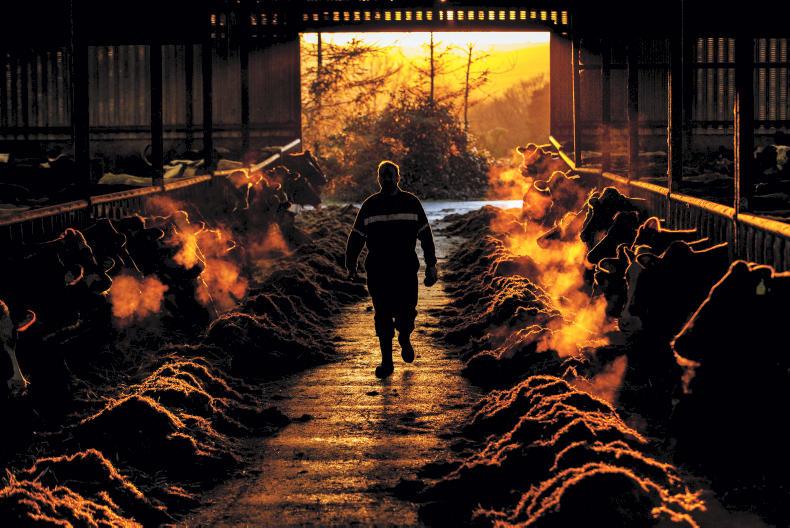
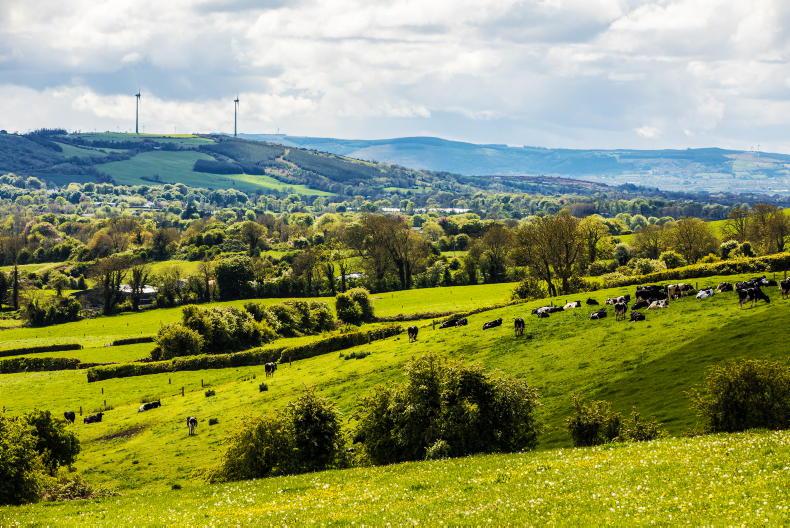
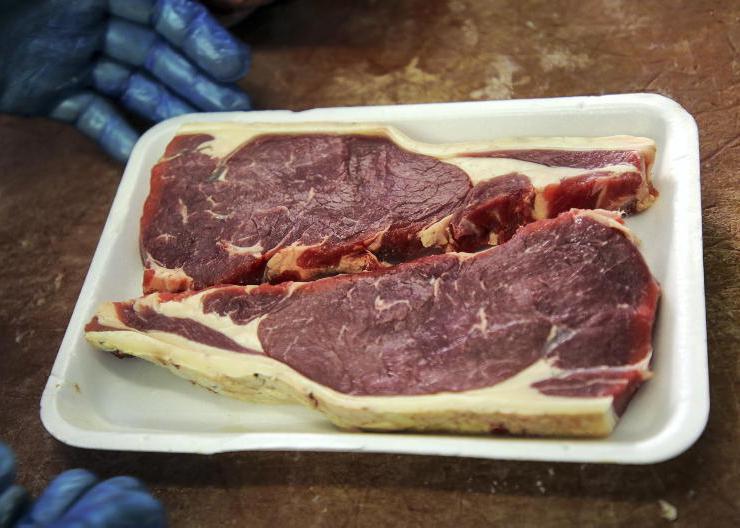
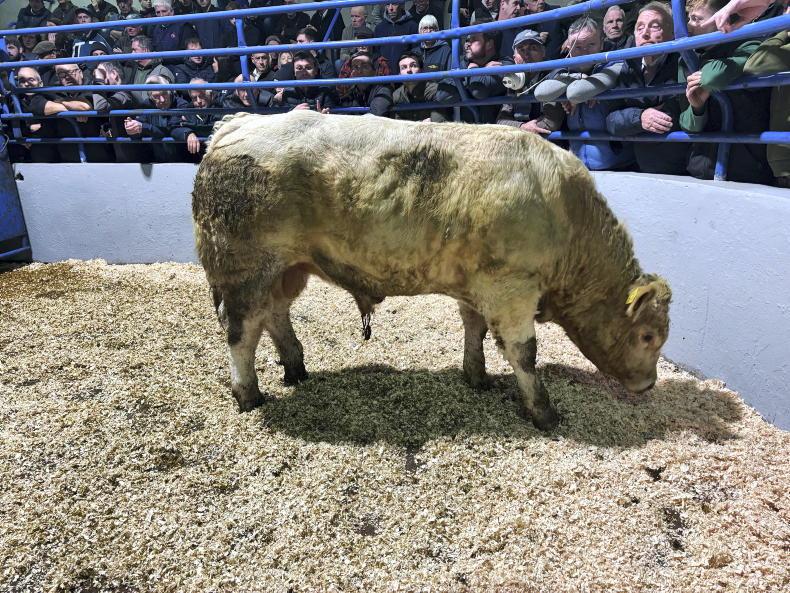
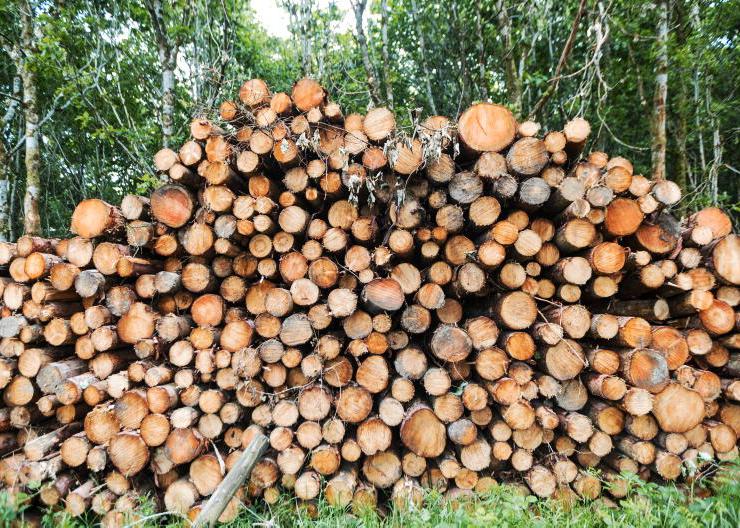
SHARING OPTIONS